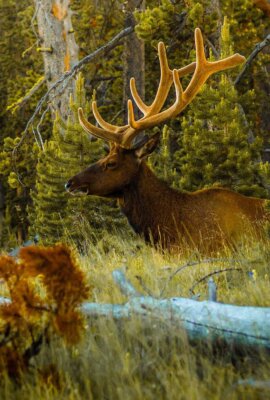Your full Wanderlust guide to
Malawi

Malawi is the ‘warm heart of Africa’: a sliver of a country hemmed in by Zambia, Tanzania, Mozambique and Botswana, Malawi is home to some of the continent’s most welcoming people. It is relatively small – which means travelling around isn’t too arduous, as distances are never that big – but packed with varied terrain.
Dominating Malawi is 560km-long Lake Malawi, which is lined with some stunning beaches and fascinating villages, and offers great snorkelling. Away from the lake, Malawi has some of Africa’s least-sung wildlife hotspots – Liwonde, the beautiful park hugging the Shire River in the country’s south, is packed with elephants and other animals, but few tourists.
Other wilderness areas, including the ravines around Mount Mulanje, the marshes of Vwaza and the Nyika Plateau, are even less visited. The history here is rich, too: missionary David Livingstone left his mark, and there are towns and memorials bearing references to him all over Malawi.
Wanderlust recommends
- Ride a horse across the rolling landscapes of the Nyika Plateau
- Make like a local and cycle in Malawi – try the sandy tracks in Dzalanyama Forest Reserve
- Watch herds of elephants and chortling hippos in Liwonde National Park
- Pack you easel for an art safari in Malawi – learn to paint in Liwonde and on the shores of Lake Malawi
- Climb to the summit of Mount Mulanje, a massive massif surrounded by waterfalls and wilderness
- Chill out at the Lake of Stars music festival (October) on the shores of Lake Malawi
- Ride the MV Ilala ferry across the length of Lake Malawi
- Shop for bargain wooden souvenirs at Lilongwe’s craft market or at the art school at Mua Mission
Women should dress conservatively, especially away from Lake Malawi’s beaches; perhaps invest in a chitenje (Malawian sarong). On safari dress in neutral-coloured clothing and take a hat to keep the sun off.
Latest Malawi articles
When to go
Mid-November to late April is hot and wet in Malawi; the rains may make some roads impassable, but they also make the vegetation lush and green. May to August is cooler and dry; September to mid-November is warm, dry and great for wildlife viewing as the sparse bush makes animals easier to spot.
October sees the Lake of Stars Festival hit the beaches of Lake Malawi. October/November is the best time for birdwatchers to visit Malawi, as European migrant species are passing through.
International airports
Kamuzu International (LLW) 24km from Lilongwe.
Getting around
Internal flights link Malawi’s main towns. There are plenty of buses serving bigger centres in Malawi, and matolas (more informal pick-up trucks) head into more rural areas. Roads can be poor – expect potholes and a bumpy ride.
Most locals cover short distances by bicycle (often three or four to one bike); a cycle trip in Malawi is a great way to meet people. The ferry ride across Lake Malawi aboard the MV Ilala is a great experience; boats leave once a week.
Accommodation
Malawi’s cheapest accommodation – government restcamps or local-style hotels – is very cheap, and pretty basic. There are some hostels in bigger hubs and by Lake Malawi; camping is a good budget option. Malawi’s self-catering cabins are the best choice for mid-range travellers.
At the top end Malawi has some beautiful boutique safari lodges and lakeside hotels, offering chic accommodation in idyllic locations. There are a few lodges on islands in Lake Malawi, and buried deep in national parks.
Food & drink
For something typically Malawian try nsima, pretty tasteless maize porridge – you’ll see women pounding the kernels in huge mortar and pestles as you pass through villages. To make it more interesting add Nali sauce (be warned, it’s hot). Street stalls sell roasted corn, deep-fried dough balls and cassava chips for pennies. Chambo is the fish of choice. Higher-end lodges will serve large portions of Western-style fare, including meat, pasta and fish.
Vegetarians will be fine – locals often eat meals without meat (it’s too expensive); expect nsima with bean or vegetable stews. Posher lodges will be able to accommodate your needs.
Carlsberg is the most prolific beer in Malawi. At sundowner time opt for an MGT, a Malawi Gin and tonic. Do not drink the tap water.
Health & safety
Malaria prophylaxis is necessary in Malawi and you should be up to date with other inoculations such as tetanus and typhoid. Bilharzia, a water-borne parasitic infection, is present in Lake Malawi. You’re more susceptible to the parasite if you swim close to shore in silty areas.
Hippos and crocs are a danger: both come out at dusk to graze and hunt. Don’t approach them and never swim in Lake Malawi after 4pm.
Opportunist bag snatchers are common after dark in Blantyre and Lilongwe.
Avoid walking alone or driving after dark.
When shopping in Malawi’s markets, don’t haggle too hard – this is a poor nation and items are generally cheap anyway.















